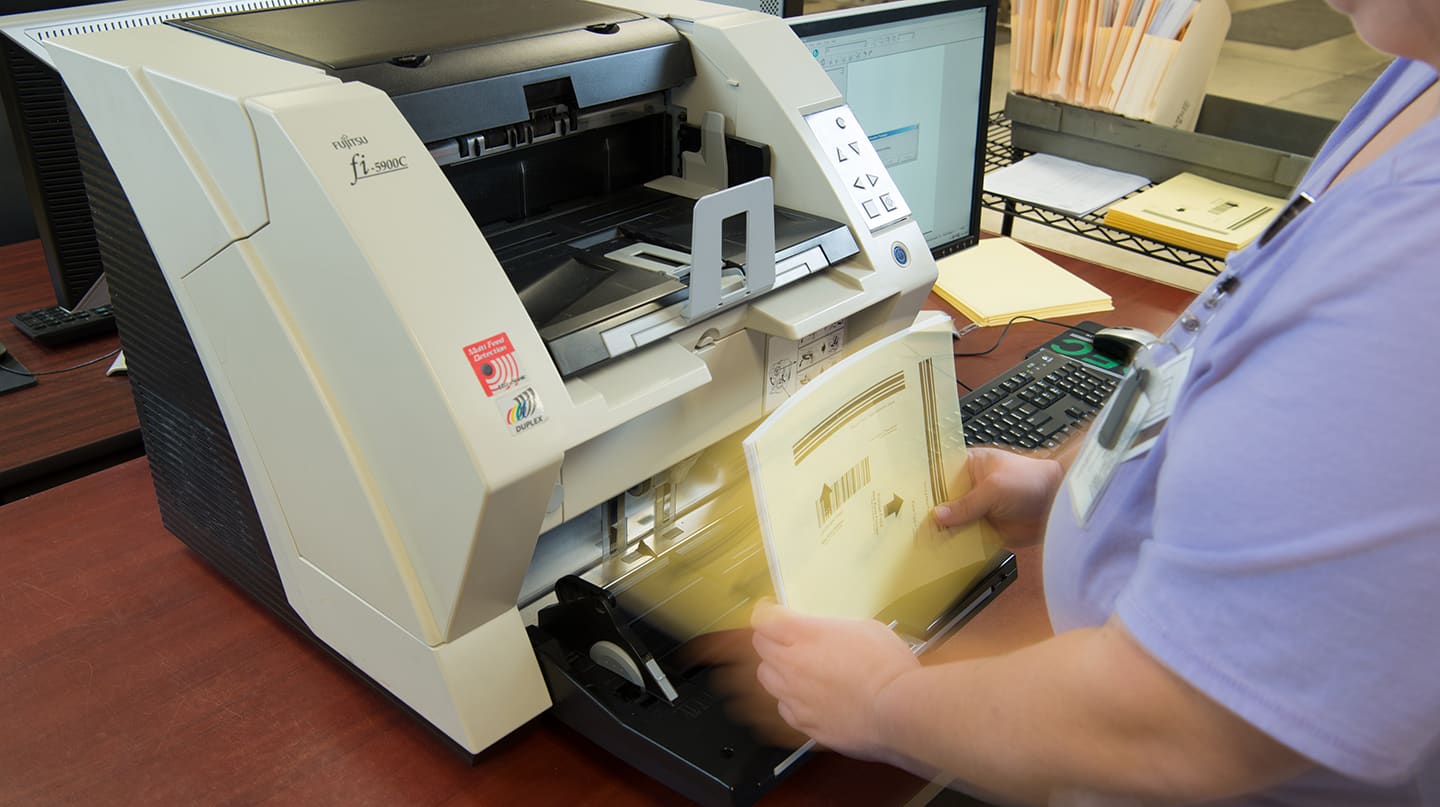
With a little more than a month until the end of the Federal Government’s fiscal year, agencies are stepping up their efforts – via the GSA Schedule – to spend their budgeted dollars. We have seen considerable activity in the document scanning space within the GSA Schedule 36.
With limited time and budget, how can your agency find the most qualified vendor at the lowest price? The answer: by providing detailed information about your document scanning project. Vendors need to know – during the RFQ stage — the condition of the documents and the goal of scanning those documents to give you an accurate quote.
To aid you in this process, we’ve laid out a series of questions and options that will help you construct the type of detail qualified vendors like TDEC need to give you accurate turnaround times and pricing.
What types of documents are to be scanned and what are the actual quantities of each?
Letter or legal-sized paper
Large format prints
Other specified media
What is the state of the documents to be scanned?
Single-sided documents
Double-sided documents
Mixed single-sided and double-sided documents
How are the original documents bound?
Unbound documents
Documents bound by staples, paper clips, in file folder or otherwise assembled
Do you want the documents returned?
If no, do you want the records stored or disposed?
If yes, how do you want originally bound documents returned?
Re-bound as originally received
No need to re-bound
How will scanned documents be accessed?
Not at all – just for storage only
By what name (index)
Scanning single-sided unbound documents is a straightforward process and therefore is faster and is less costly. As complexities are added, the time and expense of a project necessarily increase. Understanding the details of and goals for your document scanning project will help your qualified vendors (1) provide you the best document management strategy and, as a result, (2) the best price.